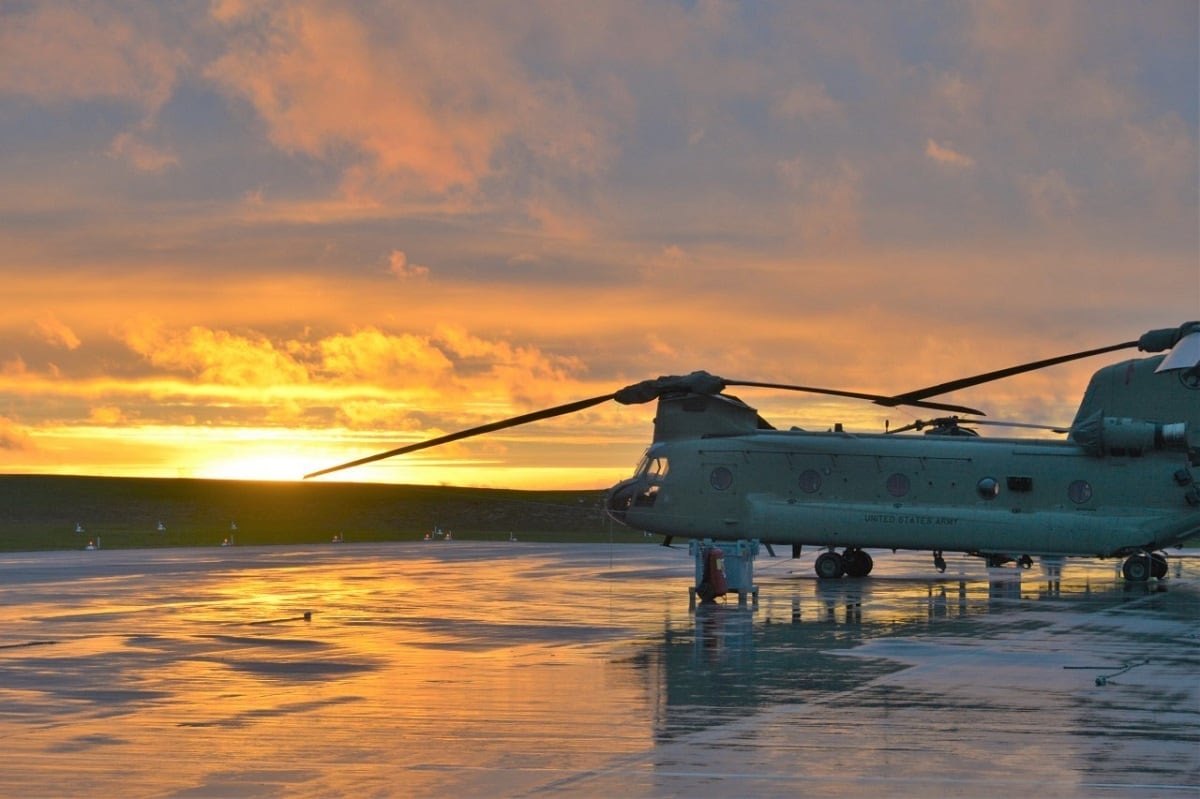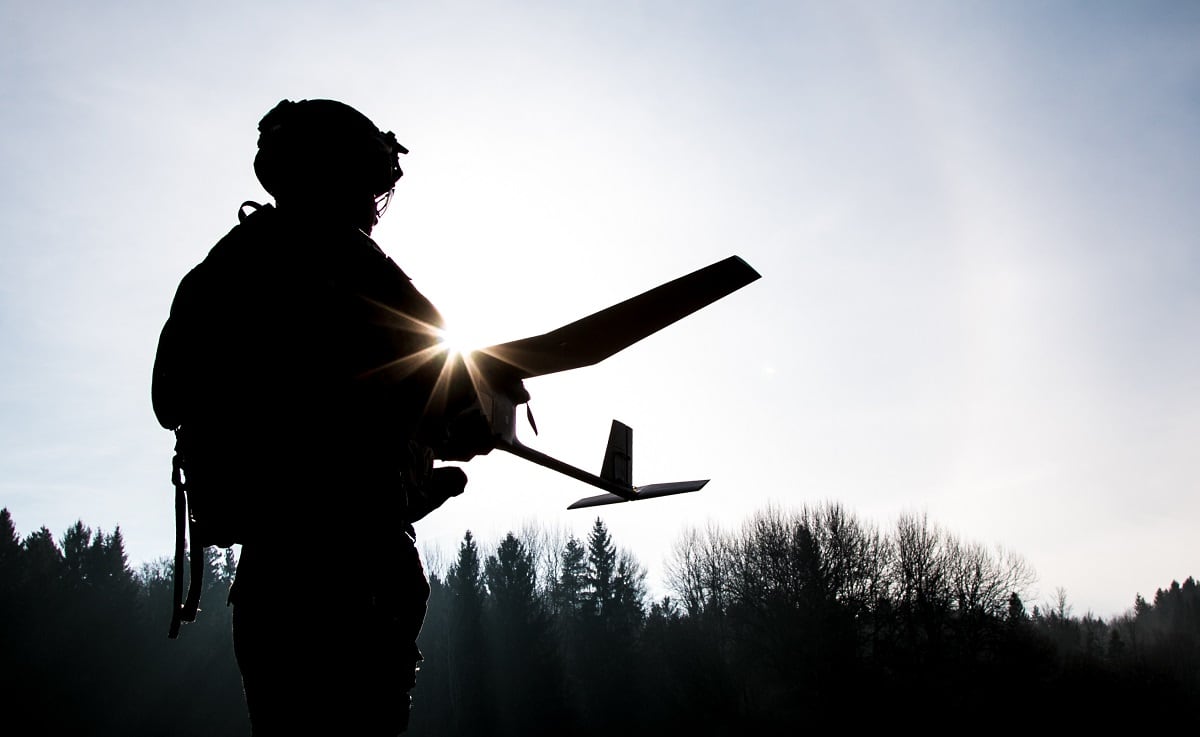WASHINGTON — The U.S. Army will ultimately replace all of its unmanned aircraft systems with new ones to meet the missions it envisions carrying out in the future, but the service’s current Textron-made Shadow system may be the first to be unseated by a new UAS.
As the service rapidly moves on a number of projects to modernize the force for both asymmetric warfare and peer-on-peer fights, one of its priorities is to bring a family of future vertical lift aircraft into the fleet as well as UAS that will be teamed with the manned platforms.
But procurement of new UAS does not have to wait until a new manned helicopter is fielded, nor would that make sense, as the Army wants to move away from runway-dependent unmanned systems sooner rather than later.
RELATED

Brig. Gen. Wally Rugen, who is leading the Army’s modernization efforts for Future Vertical Lift, says the service envisions using its future UAS for the “dull” and “dangerous” work.
The Army doesn’t just see its UAS teaming with manned aircraft like it does now with AH-64 attack helicopters and Shadow UAS, but envisions more advanced teaming than the current concept of manned-unmanned teaming — or MUM-T — allows, Rugen said earlier this year.
The service is also prepared to move on a new UAS if the opportunity presents itself, he noted.
“The area that we think there is potential anyway for a quick win is in something along the lines of a potential Shadow replacement,” Maj. Gen. Frank Tate, the director of Army aviation in the service’s Office of the Deputy Chief of Staff for operations, planning and training, told Defense News in an interview shortly before leaving the position to serve in Afghanistan in May.
“There is some stuff out there today that is flying that the FVL [cross-functional team] is looking at closely to see will this in fact meet the needs,” Tate said. He described rolling in a new capability to replace Shadow within Shadow platoons, which would not be difficult because not every platoon has been fielded.
“So we could be doing that in the near future, if, in fact, the things that we are looking at pan out as well as we hope,” he added.
The Army has recently formed CFTs that fall under its new four-star command to focus on modernization priorities — Army Futures Command — and FVL is one of those top priorities.
While Tate said he does not envision replacing Shadow within months, the effort would not require 10 years of development before fielding. “We are talking much, much shorter, so when I’m talking ‘soon,’ I’m talking just several years, not distant future.”
Tate said the Army wants runway-independent UAS with improved ranges and greater endurance, and that is easier to use and move around the battlefield, plus systems that have reduced acoustic signatures to avoid enemy detection.
RELATED

A couple of UAS that fit the bill are emerging on the scene.
Martin UAV’s V-Bat, a unique vertical takeoff and landing UAS, participated in the U.S. Army’s Joint Warfighting Assessment at Hohenfels, Germany, in May, taking part as an asset of the opposition force designed to challenge the service’s capabilities.

V-Bat users at Hohenfels told Defense News that the drone had a chance to perform surveillance and reconnaissance, identifying enemy locations. In a tactical operation, V-Bat identified five enemy tanks and relayed that information to those playing the opposition force in the exercise.
The U.S. Army also used Shadow UAS while at the Joint Warfighting Assessment.
The V-Bat users said the drone has a promising future. It handled well in very windy areas, surpassing expectations, and impressed with its endurance — roughly eight hours — and its extremely reduced acoustic signature while in cruise mode.
RELATED

Rumblings around the JWA was that V-Bat could be a direct Shadow replacement.
Future demonstrations will show additional capabilities relevant to the U.S. Army’s operations such as the ability to assist fires teams with targeting, Heath Niemi, Martin UAV vice president of global sales and development, told Defense News at Hohenfels.
And the system is operationally flexible far beyond how the U.S. Army might employ it, he added.
Lockheed Martin brought its Stalker eXtended Endurance UAS to the Special Operations Forces Industry Conference in Tampa, Florida, in May. It wasn’t necessarily a brand-new system, but it had been upgraded with a vertical takeoff and landing capability critical to future requirements for UAS to be runway-independent and functional in austere locations. The UAS could also take off from a pneumatic rail or a standard bungee launch system.
“By offering three unique launch options, we will support day or night flight operations in a variety of environments, expanding Stalker XE’s ability to do more with less,” said Russell Coons, the Stalker XE program manager. “We continue to evolve the system to bring more capability to our system operators.”
The company has also reduced the logistics footprint for the UAS. Stalker XE is touted as a “silent” UAS that can fly up to eight hours with a propane fuel cell, or up to four hours with a battery at a cruise speed of 35 mph. The system weighs 24 pounds and has a 12-foot wingspan.
The UAS also offers a higher level of flexibility through a digital backbone that allows payloads with the latest technology to be rapidly inserted, according to the company.
Jen Judson is an award-winning journalist covering land warfare for Defense News. She has also worked for Politico and Inside Defense. She holds a Master of Science degree in journalism from Boston University and a Bachelor of Arts degree from Kenyon College.








